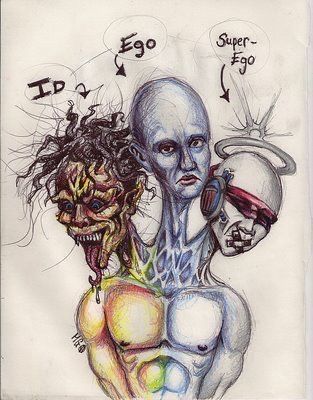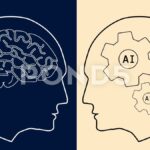ID, EGO and SUPEREGO

Sigmund Freud’s psychoanalytic theory divides the psyche into three components: the id, ego, and superego. They represent different aspects of the human psyche and interact to shape behavior and decision-making.
1. Id
-
Definition: The id is the primitive and instinctual part of the mind. It operates based on the pleasure principle, seeking immediate gratification of needs, desires, and urges.
-
Characteristics:
-
Present from birth.
-
Contains basic drives, such as hunger, thirst, and sexual urges.
-
Completely unconscious and lacks morality or consideration for consequences.
-
2. Ego
-
Definition: The ego is the rational, decision-making part of the psyche. It operates based on the reality principle, balancing the desires of the id with the constraints of reality and society.
-
Characteristics:
-
Develops during early childhood.
-
Mediates between the id, superego, and external world.
-
Functions in both conscious and unconscious realms.
-
3. Superego
-
Definition: The superego is the moral component of personality. It represents internalized societal and parental standards.
-
Characteristics:
-
Develops around age 5.
-
Operates on the morality principle, enforcing rules and ideals of right and wrong.
-
Can reward good behavior (pride) or punish bad behavior (guilt).
Interaction
The id, ego, and superego are in constant interaction:
-
The id demands instant gratification.
-
The superego insists on moral behavior.
-
The ego mediates between the two, making realistic decisions that satisfy the id’s desires within the superego’s moral framework.
Freud’s Perspective: Mental health issues can arise when there is an imbalance among these components. For example, an overly dominant superego might lead to excessive guilt, while an unchecked id might result in impulsive, destructive behavior.
-
-



Comments (0)